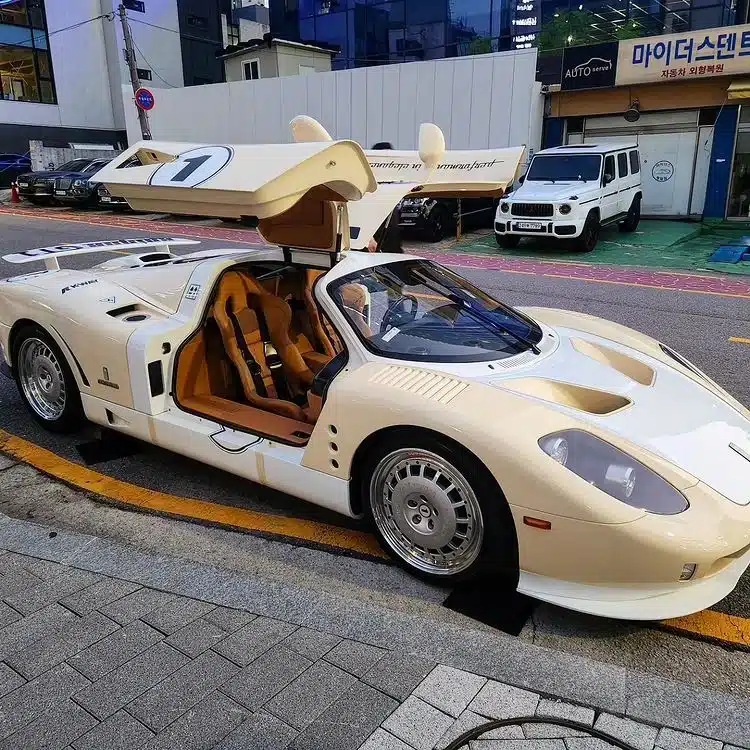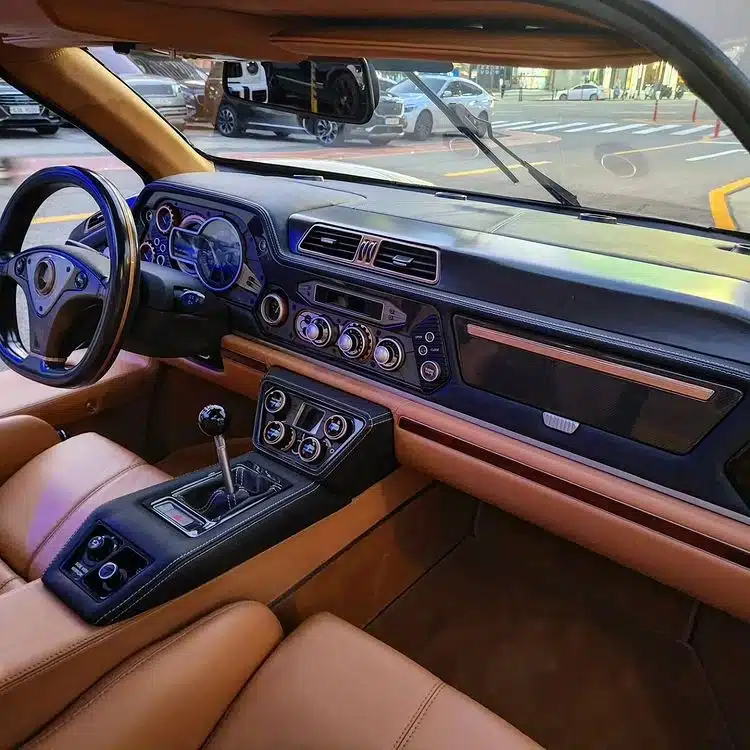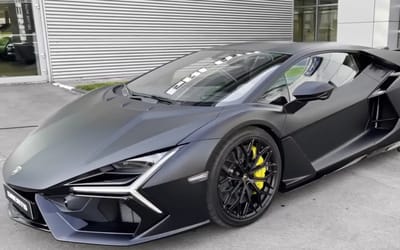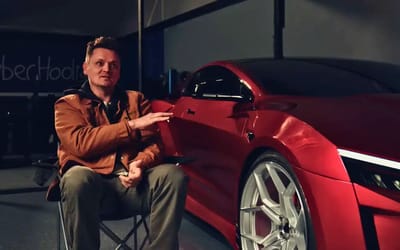Rarely seen sports car Epique GT1 makes surprise appearance
- The Epique GT1 was first announced in 2011
- But thanks to competition and expenses, only one was made
- A South Korean photographer has now shared a shot of one to Instagram
Published on Sep 21, 2024 at 12:00 PM (UTC+4)
by Ben Thompson
Last updated on Sep 20, 2024 at 6:15 PM (UTC+4)
Edited by
Tom Wood
This one-of-a-kind Epique GT1 supercar has surfaced after many years.
In fact, this Epique is so rare that many were left questioning what brand of car it was.
The Epique was first announced by South Korean manufacturer De Macross back in 2011 before falling into relative obscurity.
It’s no wonder that it’s not a household name, even in its native country.
DISCOVER SBX CARS: The global premium car auction platform powered by Supercar Blondie
Where was the Epique GT1 spotted?
The car made an appearance on Jay Leno’s Garage back in 2012, but has otherwise not attracted a lot of buzz.
Leno is known for hosting rare gems on his show, like this concept car with a jet-turbine powered engine.
Recently it was snapped by Korean photographer Gold Jongsun, who shared his photos to Instagram.

In the caption, he wrote: “De Macross is a company founded by Heo Ja-hong, the great-grandson of GS Group founder Heo Man-jung, and he created the Epic GT1 because he loved cars so much.
“It has a curb weight of 1,450kg and is equipped with a 5.4-liter 8-cylinder supercharged engine, producing 845 horsepower, but it is said that 30 billion won was spent on production alone.
“What’s really unfortunate is that it can’t be seen driving on public roads because it can’t have a license plate.
“Still, it looks pretty just on display, and I really like the gull wing doors. Actually, I went to the launching event… Thank you, brother, for taking the picture and inviting me.”

The inner workings of an overlooked supercar
The Epique was developed in Canada, taking design cues from Ford and Porsche, as reported by autoevolution.
It was originally intended to pay homage to European Le Mans race cars of the 1960s and 1970s.
The plan was initially to produce 200 units, but this was later revised to between 20 and 30.

However, when strong competition and high costs reared their heads, only one prototype ended up being made.
This one-of-a-kind has held up better than other one-offs, like this Ford Escort RS Turbo in Essex, United Kingdom.
To look at the photos for yourself, head over to Gold Jongsun’s Instagram page.





